CAC Wirraway RAAF
Production Time 9 to 10 weeks
Shipment is by FedEx, UPS or DHL International Express Courier with a normal door-to-door delivery time worldwide of within 2-3 business days after dispatch. Due to the current volatility of world fuel prices, the amount mentioned here is our best estimate for DHL and UPS and may be subject to change at the time of shipping.

Model Description: CAC Wirraway RAAF Wood Replica Scale Custom Model Aircraft
Manufacturer: Commonwealth Aircraft Corporation
Wingspan: 17 Inches (43.2 Centimeters)
Height: 3.5 Inches (8.9 Centimeters)
Scale: 1:30
Registration: A20-176
$239.50
Production Time 9 to 10 weeks
-
United States dollar ($)
-
Pound sterling (£)
-
Euro (€)
-
Australian dollar ($)
-
Canadian dollar ($)
-
Singapore dollar ($)
-
Swiss franc (CHF)
-
Japanese yen (¥)
-
Danish krone (kr.)
-
Hong Kong dollar ($)
-
Norwegian krone (kr)
-
Swedish krona (kr)
-
United Arab Emirates dirham (د.إ)
General Product Description
Our PlaneArts CAC Wirraway RAAF model exhibits unique, unrivaled quality and detailed design to come as close as possible to the accuracy of the actual plane. It comes as standard with a robust, durable base or stand which is available in a variety of different finishes designed to match your own personal requirements including solid wood, wood with polished metal supports or adjustable wood wall mount and will be ready within about 9-10 weeks from placement of order.
The CAC Wirraway RAAF model is made of the finest kiln dried renewable mahogany wood (commonly known as Lauan or Meranti) which has undergone many stages of carving and meticulous and careful sanding giving the beautiful, finished museum quality masterpiece. Many collectors and model connoisseurs demonstrate their preference for genuine handmade and hand painted mahogany wood models rather than plastic or die cast (diecast) alternatives due to the overall look and totally different feel of the item - we trust you will find the same. We can however, if required produce the same model in Solid Cast Resin so just click and contact us for further information. Our craftsmen and gifted artisans ensure that our finely handcrafted model airplanes match the precise blueprint details of the original aircraft. The paint scheme, markings and parts are closely matched, reflecting the original aircraft. This stylish top-quality desktop replica model will surely enthrall anyone who receives this as a gift and for sure one of the most appropriate and desirably collectable gifts for any military aviation enthusiast and avid aircraft collector whilst also displaying a perfect resemblance to the actual real life version.
There are many types of military propeller aircraft, but the basic types are bombers, fighters, fighter bombers, spotter planes, transporters, patrol aircraft, trainers, and reconnaissance and observation aircraft. All these types of aircraft are used for different types of missions. If you're a fan of historic or present-day military aviation, our model aircraft will bring the excitement and character of these aircraft right into your own home. You can order a wood airplane model of a North American B-25 Mitchell Bomber, a B17 - Flying Fortress, or a P-51 Mustang Nervous Energy V not forgetting the Bf 109, Spitfire, FW 190, A6M Zero, P-38 and F4U. These classic, propeller airplane models are of the highest quality. Each is individually crafted by our expert craftsmen. They produce handmade scale mahogany airplane models of the finest aircraft from World War I and II to present day biplanes and triplanes.
If you require, we can also make the CAC Wirraway RAAF model in any other military, government or even private livery or colour scheme you require and if necessary, in a different size or scale. Just click here to contact us with a description or photographs of what you require, and we will let you have a quotation for the necessary customization by return email. We can also make bespoke scale replicas of any other private / civil commercial airliner or airliners, helicopter, glider, gliders with engines, military jet, warplane jets, biplane, triplane, tail fin, spacecraft, rocket or NASA model you require in any airline, military or civilian livery or colors. We also produce model airships, blimps, dirigibles, blimps, boats, and ship collectibles. Wall plaque or seal for military, government or private customers. Again, by clicking here to contact us just let us know exactly what you need.
The CAC Wirraway: Backbone of Early RAAF Operations
The Commonwealth Aircraft Corporation (CAC) Wirraway, an Australian-designed and built aircraft, played a pivotal role in the Royal Australian Air Force (RAAF) during its early years, especially throughout World War II. As a testament to Australian engineering prowess and adaptability, the Wirraway was a versatile aircraft that served in various capacities, from a trainer to a ground attack aircraft. This article delves into the essential features and historical significance of the CAC Wirraway, highlighting its contributions to the RAAF and its legacy in military aviation history.
Development and Design:
The Wirraway was conceived in the late 1930s as part of Australia’s efforts to bolster its defense capabilities amid growing global tensions. It was based on the North American NA-16, a design that also led to the creation of the famous North American T-6 Texan. However, the Wirraway was not just a mere copy; it was adapted to meet Australian conditions and requirements. Its development marked the beginning of Australia’s domestic aircraft production capability, with the first prototype taking to the skies in March 1939.
Powered by a Pratt & Whitney R-1340 Wasp radial engine, the Wirraway had a maximum speed of around 220 mph (354 km/h) and a range of approximately 750 miles (1,200 km). Its armament typically included two forward-firing .303 in (7.7 mm) machine guns and a single .303 in machine gun in the rear cockpit. Additionally, it could carry bombs or other ordnance on underwing racks.
Operational Service:
Though initially intended as a trainer, the outbreak of World War II saw the Wirraway thrust into a combat role for which it was not originally designed. Throughout the war, Wirraways were deployed in various theatres, including the South West Pacific, where they undertook reconnaissance, light bombing, and even air-to-air combat missions. Despite being outclassed by more modern fighter aircraft, the Wirraway crews displayed remarkable courage and ingenuity in their operations.
One of the most notable incidents involving a Wirraway occurred in December 1942, when Pilot Officer John Archer, flying a Wirraway, shot down a Japanese Zero. This engagement is often cited as a testament to the skill and bravery of RAAF pilots rather than the combat capabilities of the aircraft itself.
Training and Legacy:
Aside from its combat roles, the Wirraway’s original purpose as a trainer was where it made its most significant impact. It was the primary trainer for RAAF pilots during and after the war, serving in this capacity until the early 1950s. The Wirraway helped train several generations of pilots, instilling in them the skills necessary for both wartime and peacetime operations.
Today, the Wirraway holds a special place in Australian military aviation history. Several examples have been preserved and can be seen in museums across Australia, serving as a reminder of the country’s aviation heritage and the remarkable efforts of its people during a critical period in history.
Conclusion:
The CAC Wirraway is more than just an aircraft; it is a symbol of Australian resilience, ingenuity, and the willingness to adapt in the face of adversity. Its contributions to the RAAF, both in combat and training capacities, have left an indelible mark on Australia’s military history. The Wirraway’s legacy continues to inspire, reminding us of the importance of innovation and versatility in meeting the challenges of the past and those we might face in the future.
| Weight | 6 kg |
|---|---|
| Dimensions | 11 × 17 × 3.5 in |
Be the first to review “CAC Wirraway RAAF” Cancel reply
Similar Models
Helicopters
Military Airplanes - Propeller
Military Airplanes - Propeller
Military Airplanes - Propeller
Private & Civilian
Military Airplanes - Propeller
Military Airplanes - Propeller
Military Airplanes - Propeller
Military Airplanes - Propeller
Military Airplanes - Propeller
Boats, Ships & Submarines
Boats, Ships & Submarines
Helicopters
Military Airplanes - Propeller
Military Airplanes - Propeller
Military Airplanes - Propeller
Military Airplanes - Jet
Military Airplanes - Jet
Military Airplanes - Jet
Military Airplanes - Jet
Military Airplanes - Propeller
Military Airplanes - Propeller
Military Airplanes - Propeller
Military Airplanes - Propeller
Military Airplanes - Propeller
Military Airplanes - Propeller
Military Airplanes - Jet
Military Airplanes - Jet
Military Airplanes - Jet
Military Airplanes - Jet
Military Airplanes - Jet
Military Airplanes - Jet
McDonnell Douglas FA-18 Hornet RAAF: Superior Aviation Mastery
Military Airplanes - Jet
Military Airplanes - Jet
Military Airplanes - Jet
Military Airplanes - Propeller
Military Airplanes - Propeller
Private & Civilian
Military Airplanes - Propeller
Military Airplanes - Propeller
Military Airplanes - Jet
Military Airplanes - Jet
Military Airplanes - Propeller
Military Airplanes - Propeller
Military Airplanes - Propeller
Military Airplanes - Propeller
Military Airplanes - Jet
Military Airplanes - Jet
Military Airplanes - Jet
Military Airplanes - Propeller
Military Airplanes - Jet
Military Airplanes - Jet
Military Airplanes - Jet
Military Airplanes - Propeller
Military Airplanes - Propeller
Military Airplanes - Propeller
Military Airplanes - Jet
Military Airplanes - Jet
Private & Civilian
Military Airplanes - Jet
Private & Civilian
Military Airplanes - Propeller
Military Airplanes - Propeller
Military Airplanes - Propeller
Military Airplanes - Propeller
Military Airplanes - Propeller
Military Airplanes - Propeller
Military Airplanes - Propeller
Military Airplanes - Propeller
Military Airplanes - Propeller
Military Airplanes - Jet
Private & Civilian
Military Airplanes - Jet
Military Airplanes - Jet
Military Airplanes - Propeller
Military Airplanes - Propeller
Military Airplanes - Propeller
Helicopters
Military Airplanes - Jet
Military Airplanes - Jet
Military Airplanes - Jet
Blackburn Buccaneer RAF 237 Operational Conversion Unit OCU Squadron
Private & Civilian
Military Airplanes - Jet
Military Airplanes - Jet
BAe British Aerospace Hawk T.1 Mk.1 Royal Air Force RAF Red Arrows
Military Airplanes - Jet
Military Airplanes - Propeller
Military Airplanes - Propeller
Military Airplanes - Propeller
Military Airplanes - Propeller
Military Airplanes - Propeller
Military Airplanes - Propeller
Military Airplanes - Propeller
Military Airplanes - Propeller
Military Airplanes - Propeller
Military Airplanes - Propeller
Private & Civilian
Private & Civilian
Military Airplanes - Jet
Military Airplanes - Propeller
Helicopters

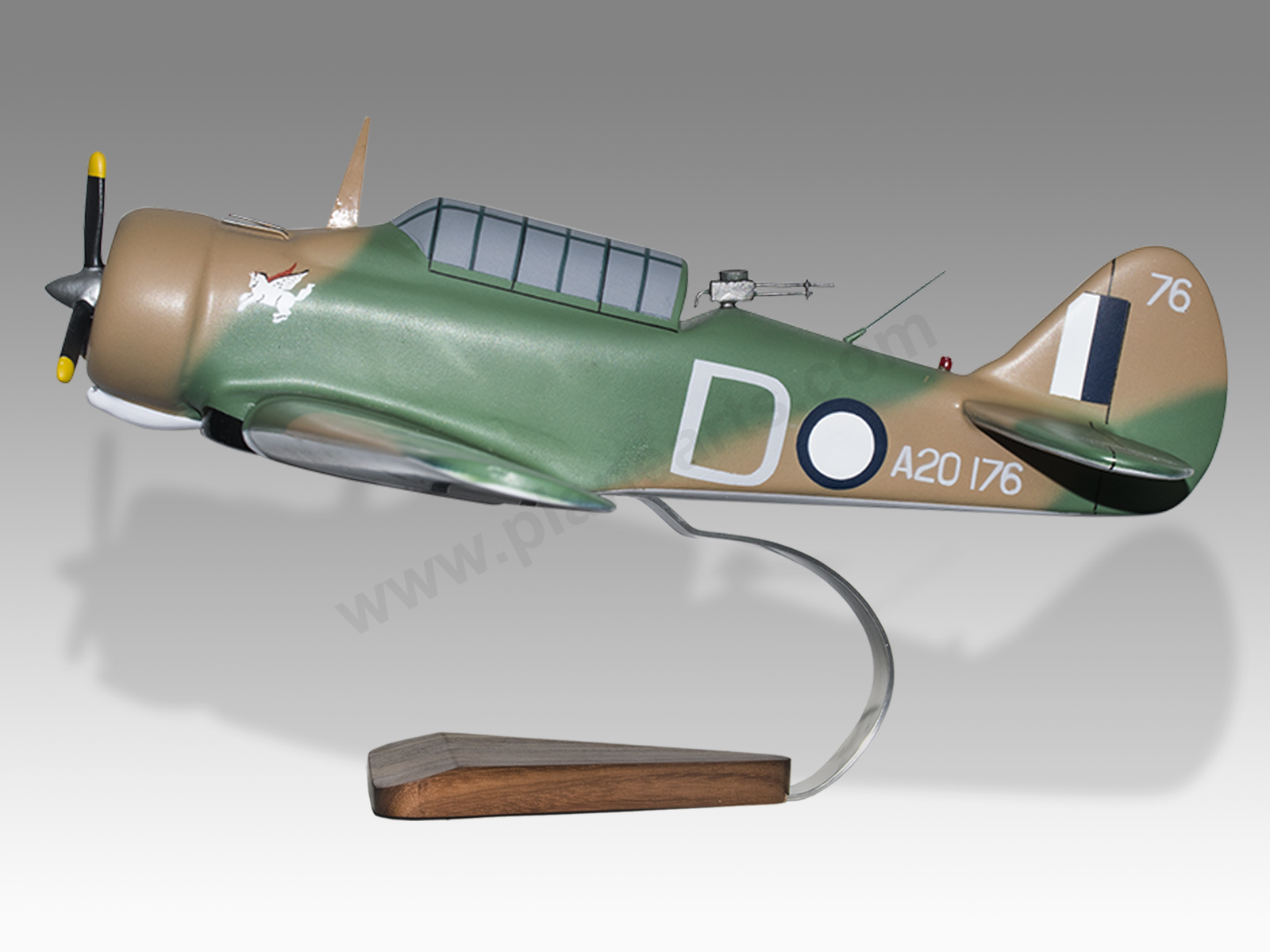


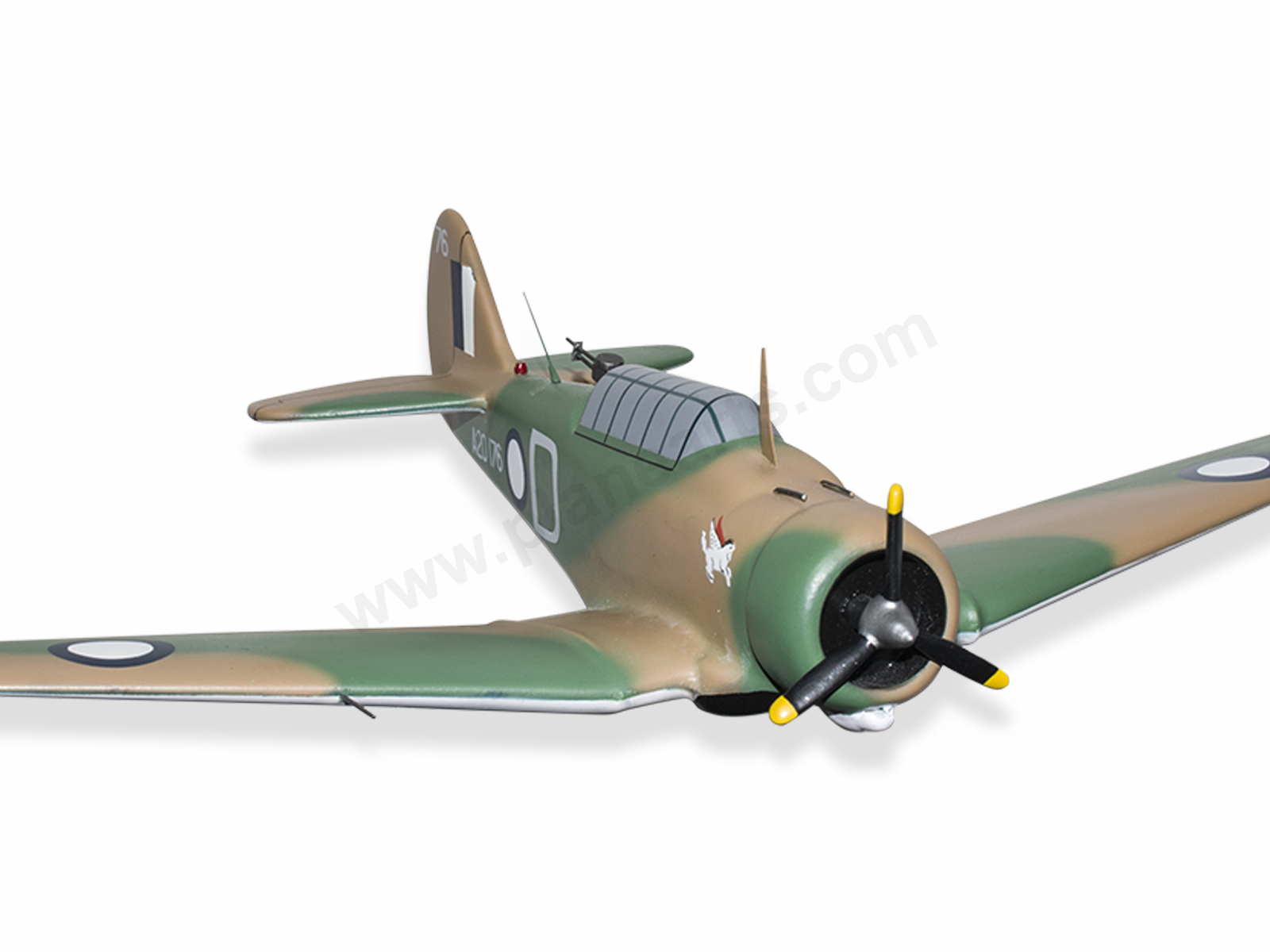

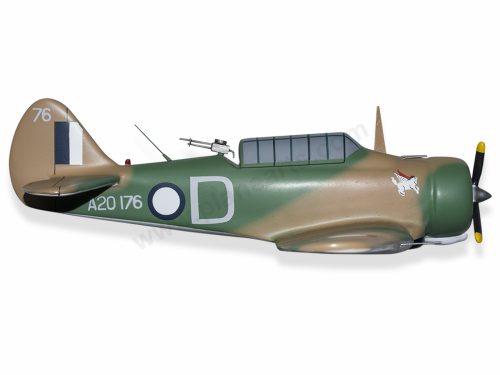
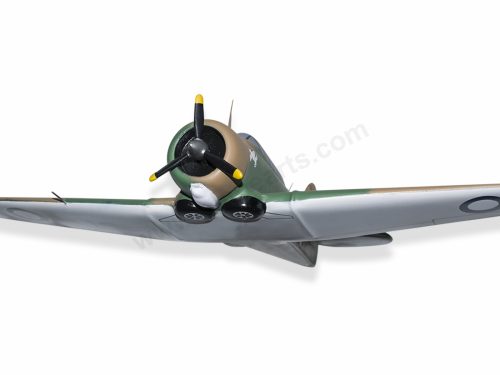


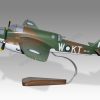
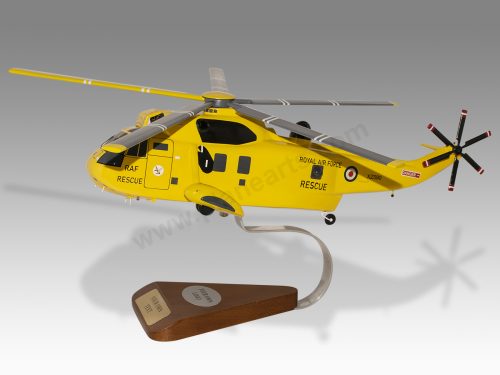
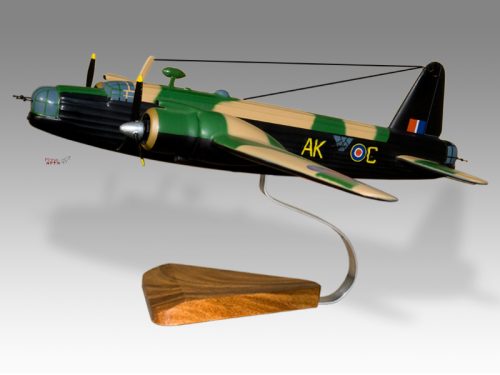

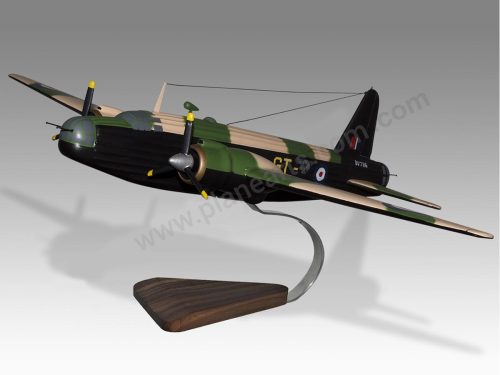
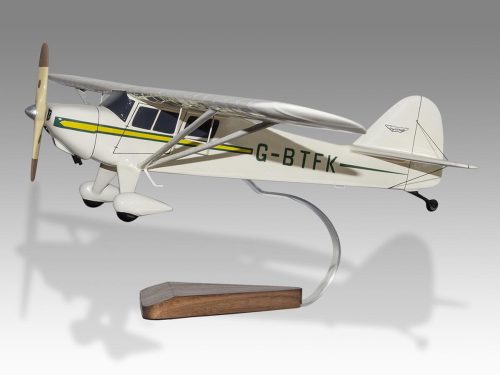
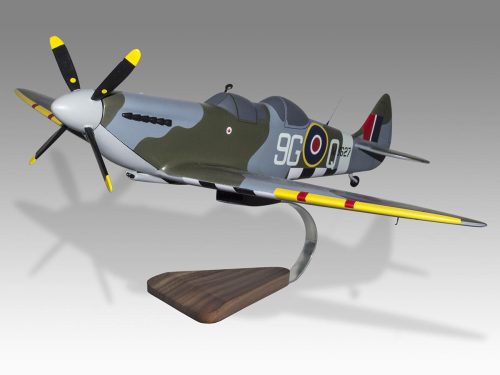
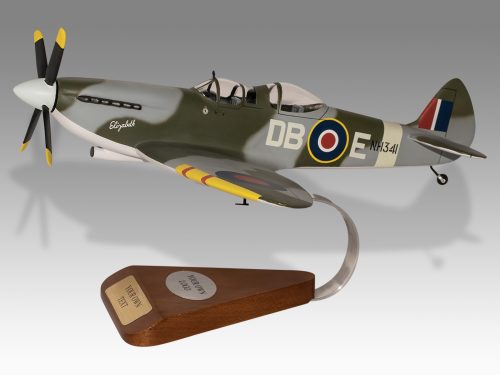
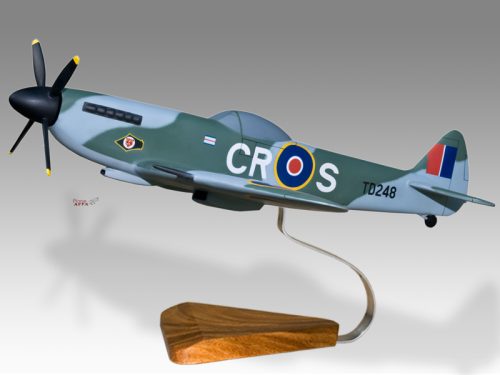
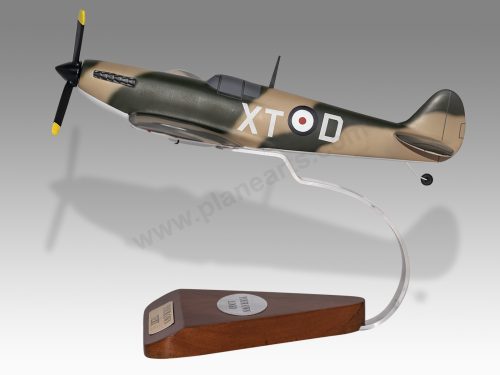
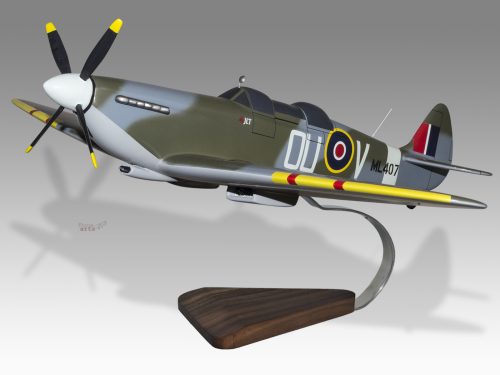



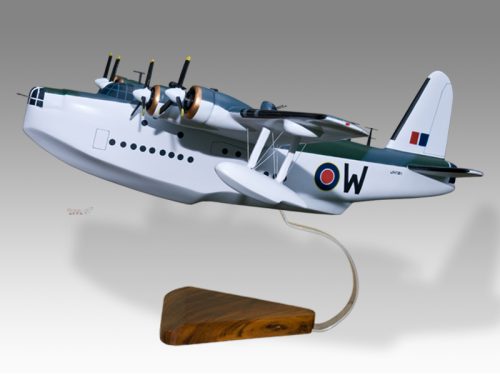

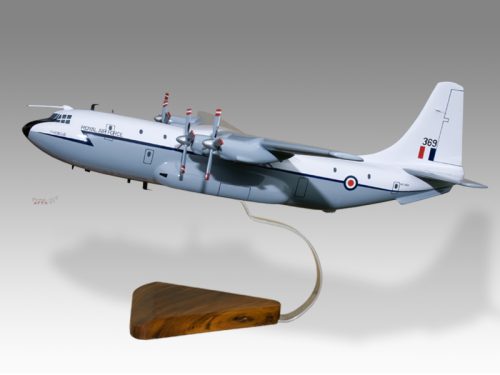

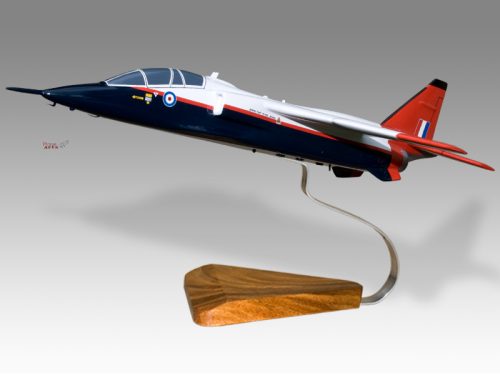
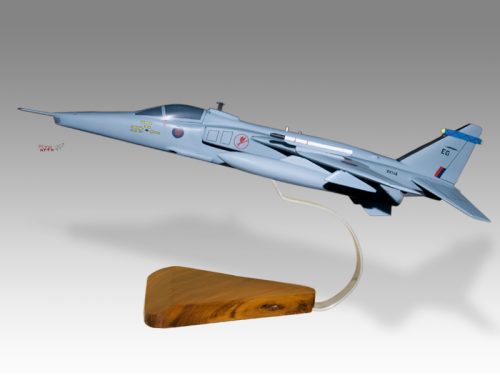
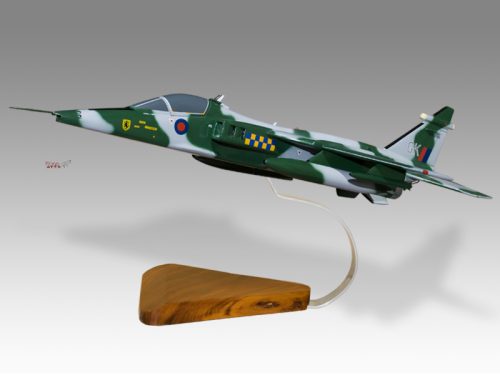
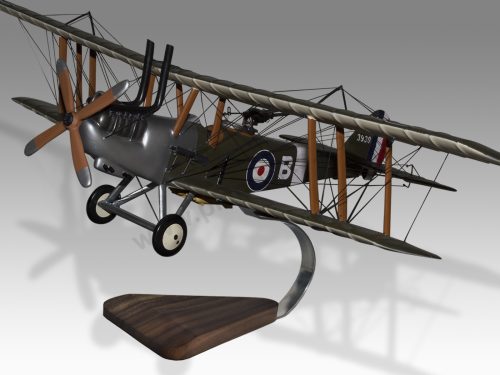
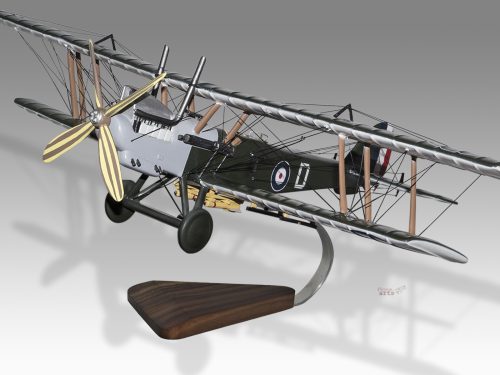
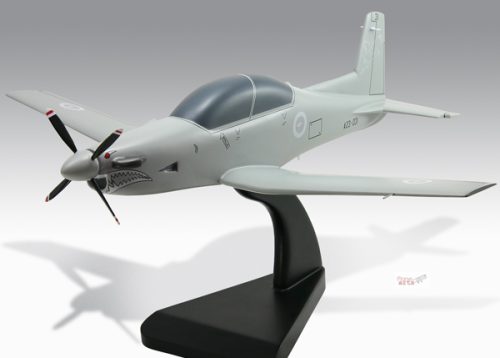
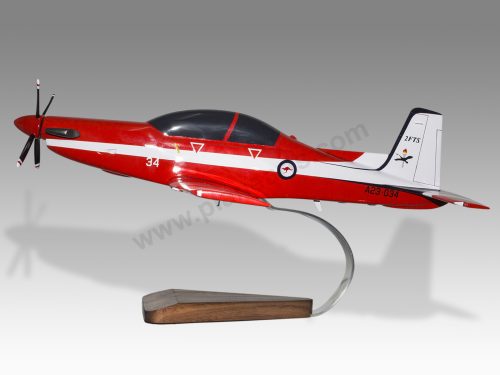
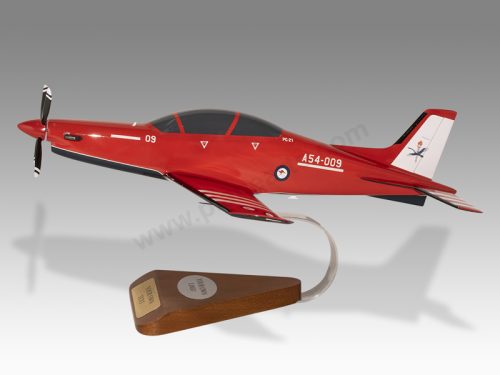
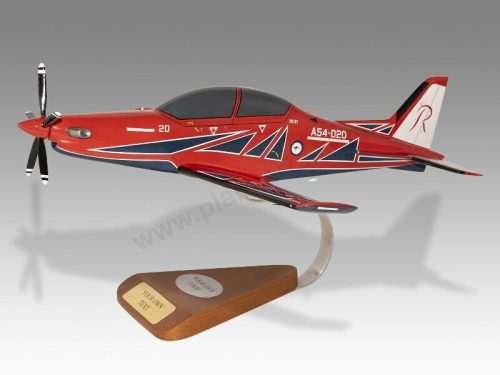
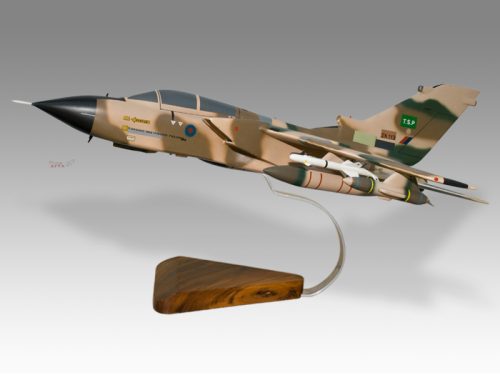
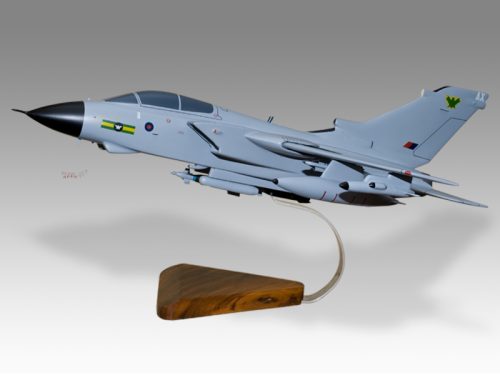
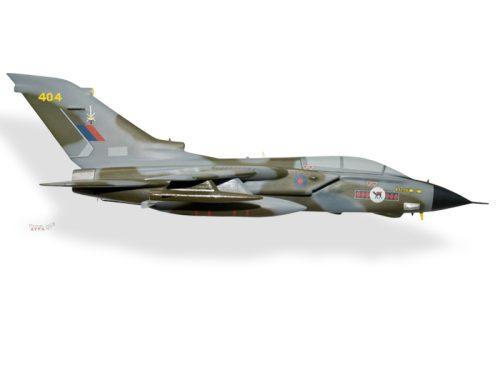
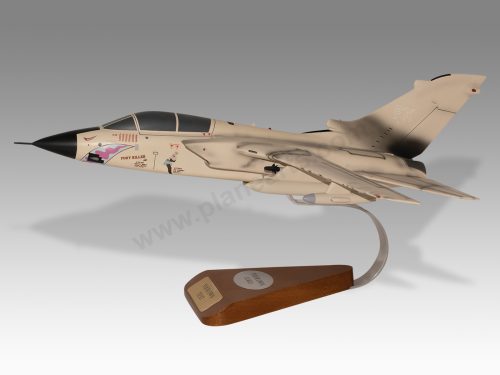

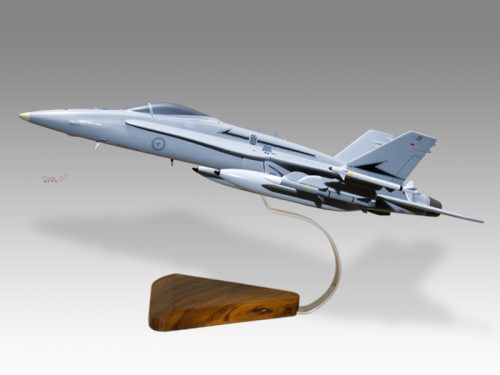

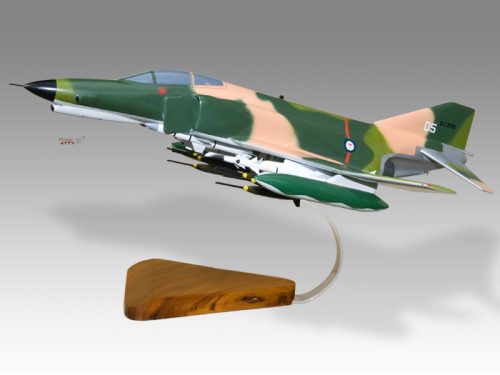

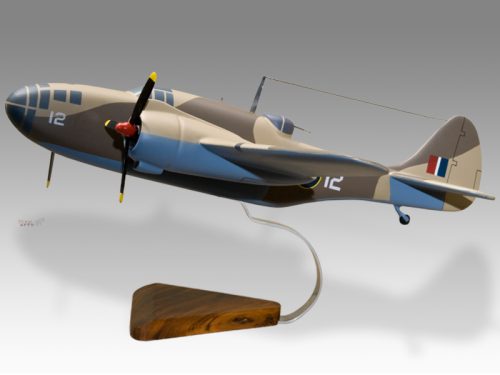
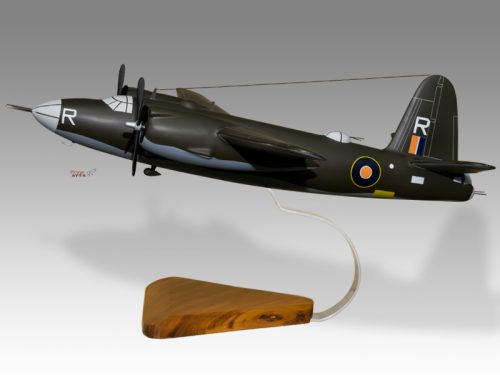

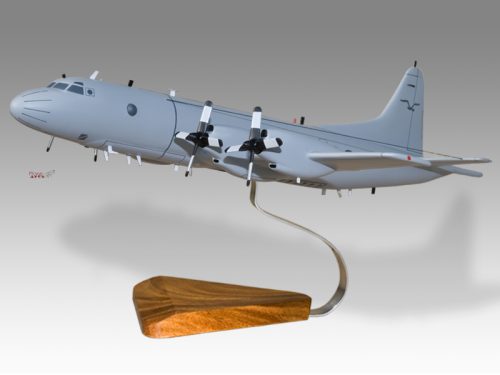
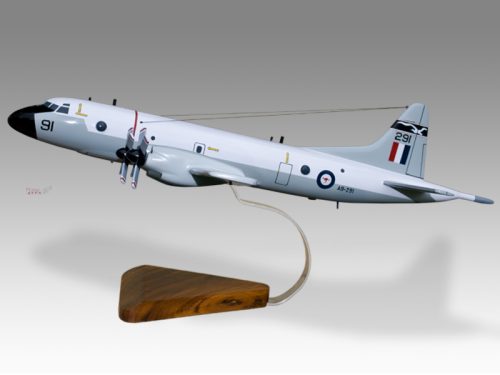
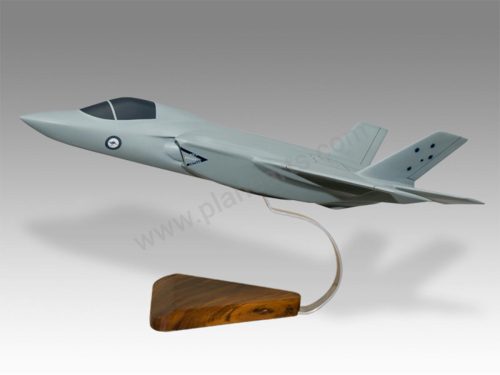
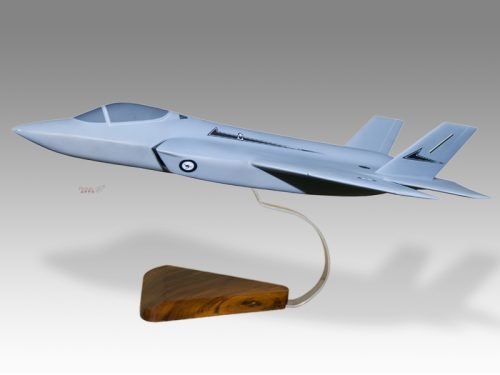
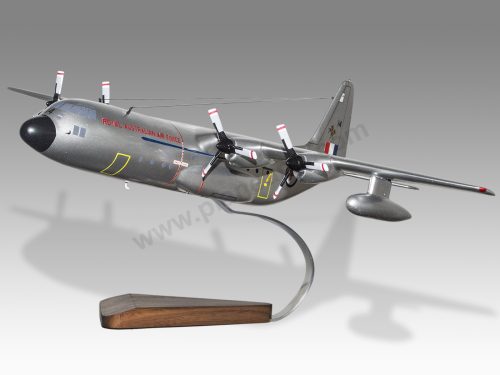
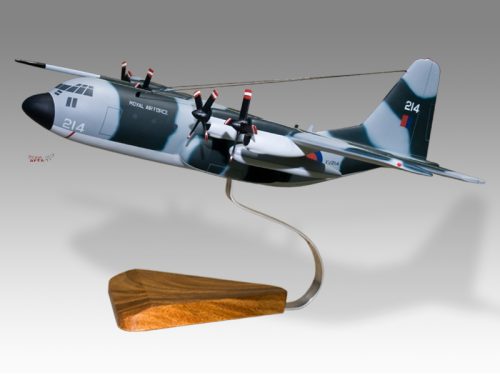
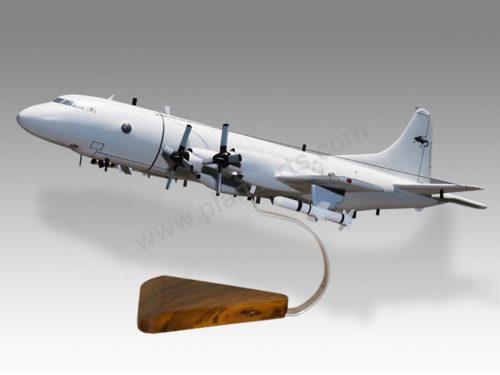

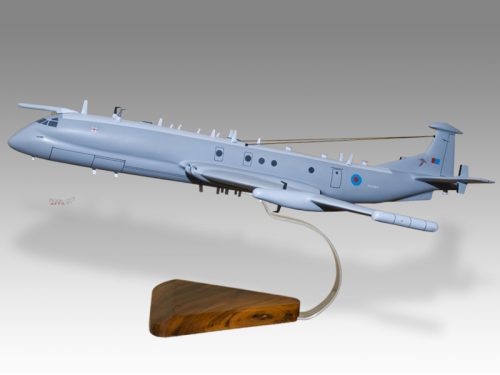


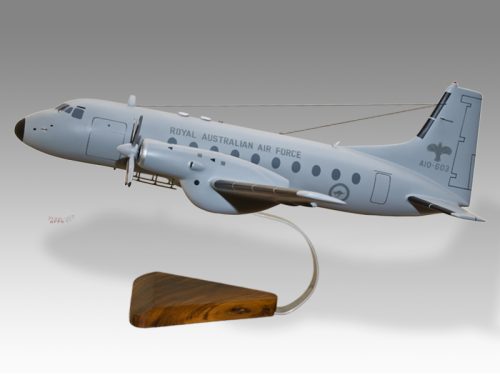

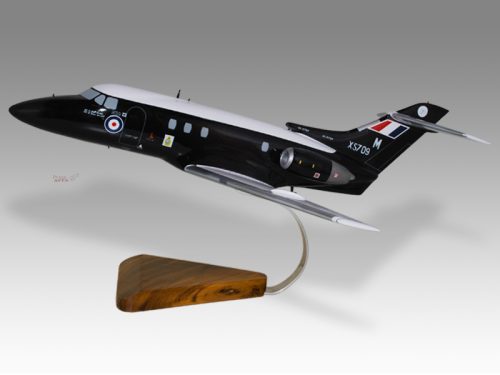

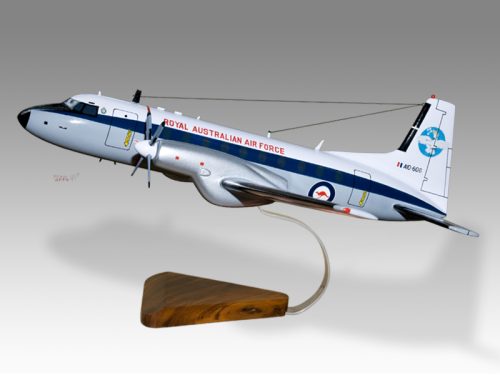

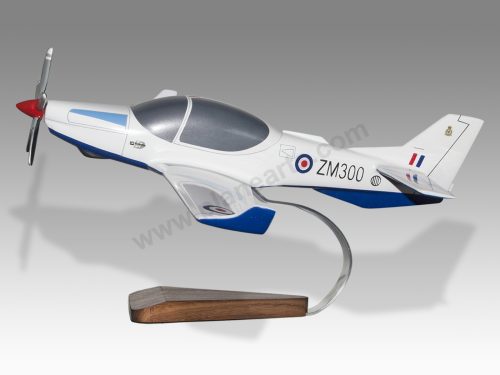


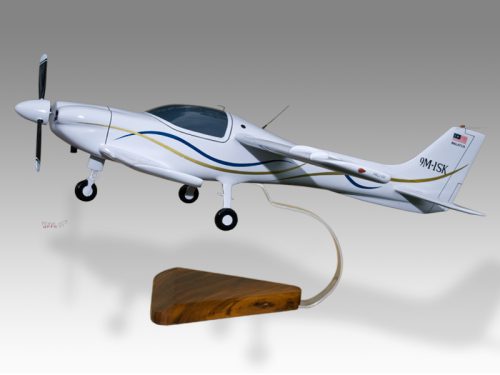
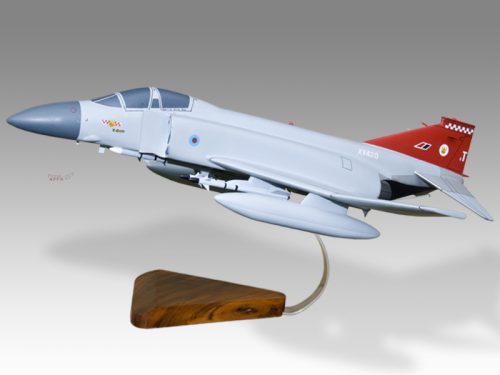



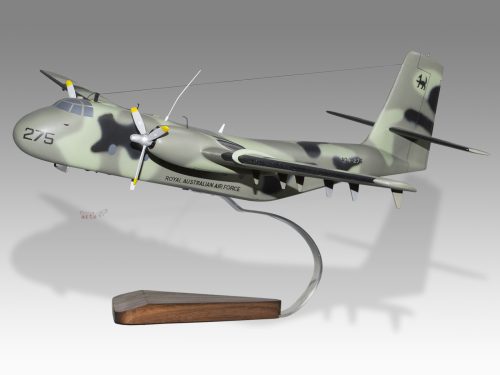
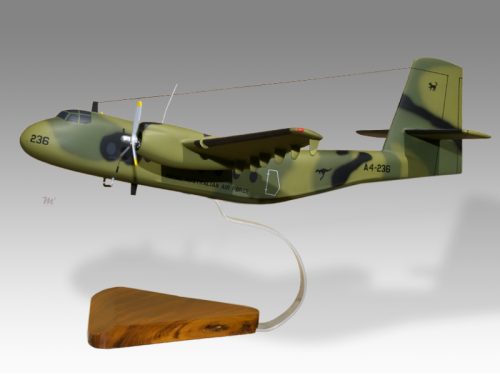
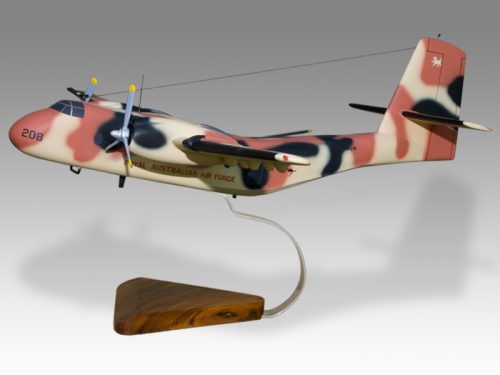
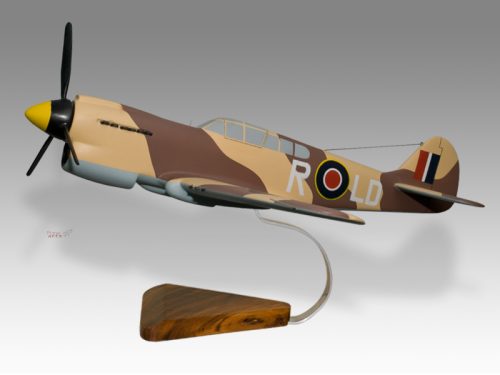
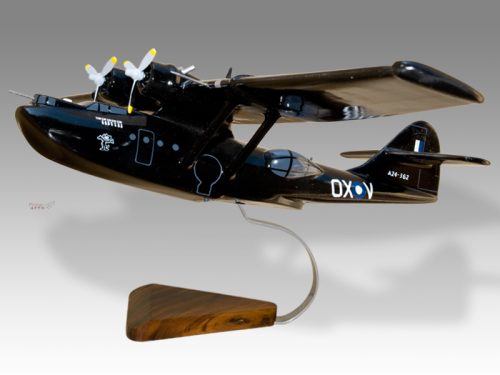
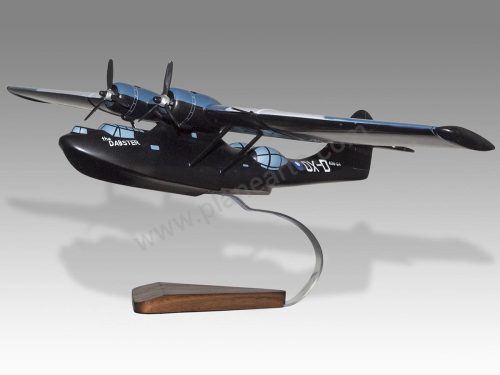

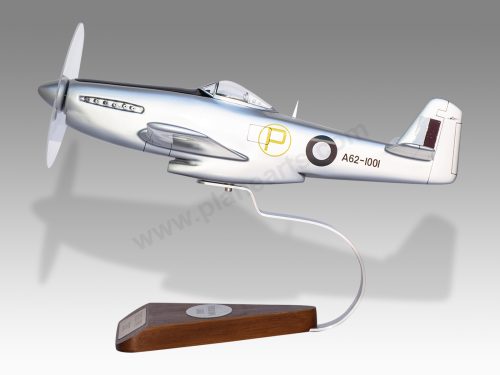
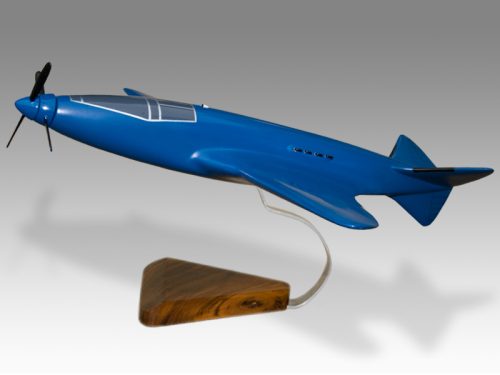
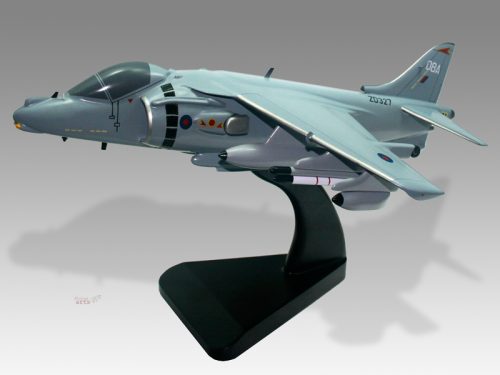
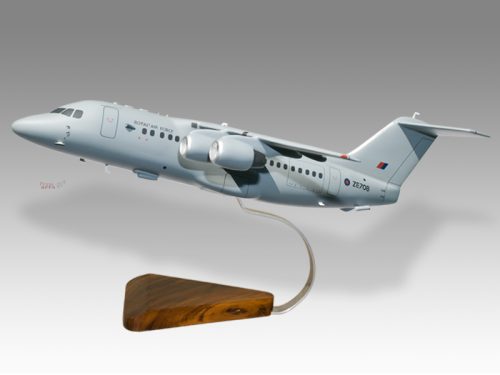

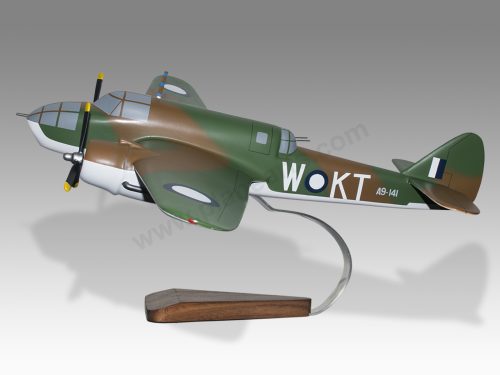

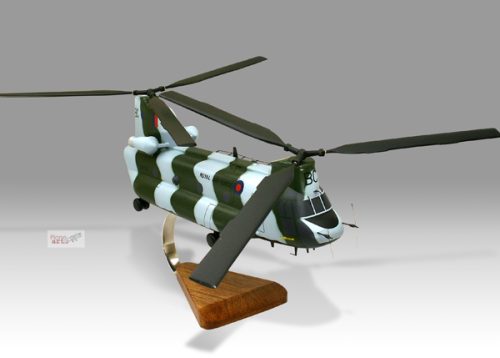


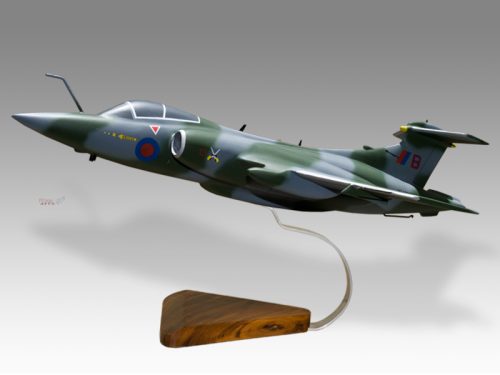
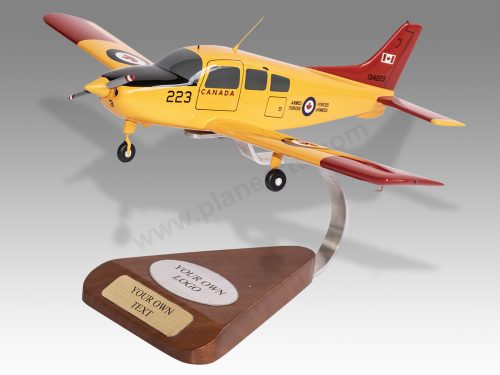
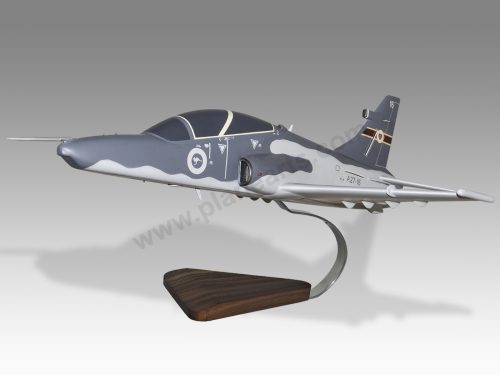

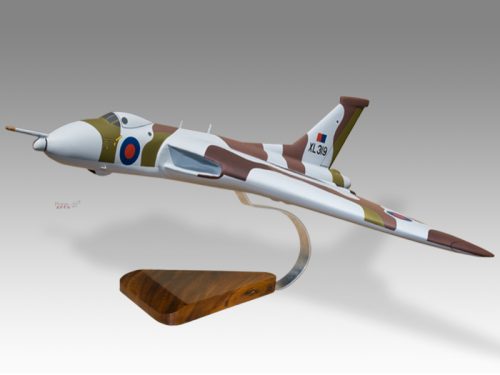
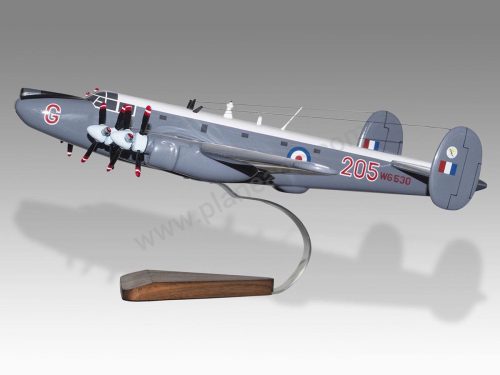

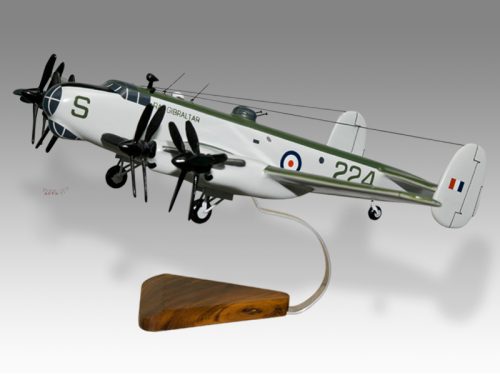
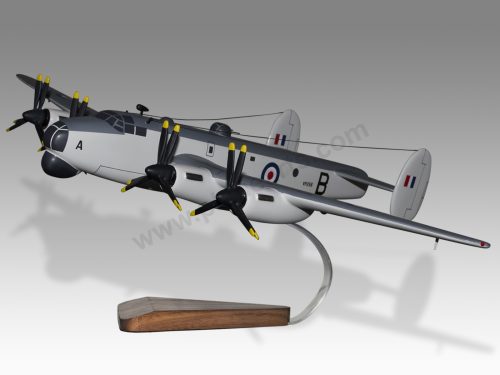
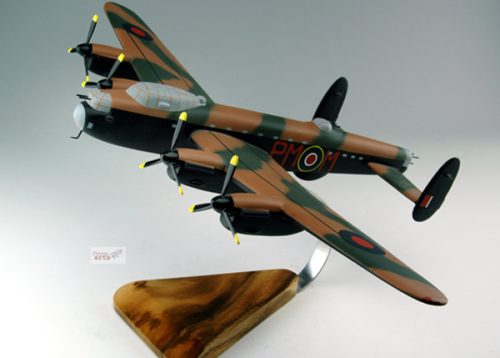
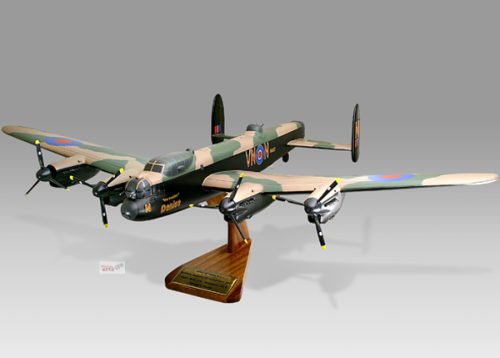
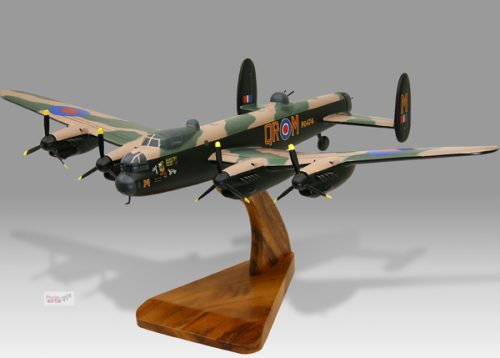


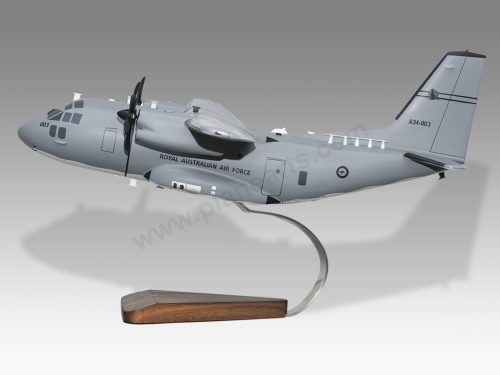
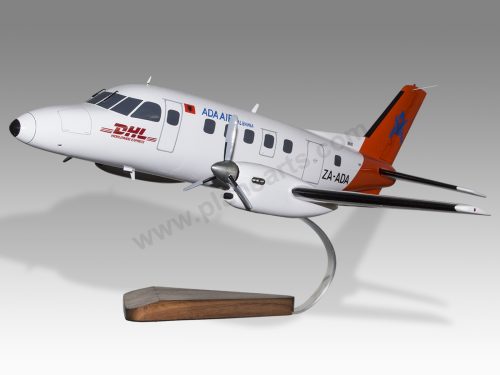

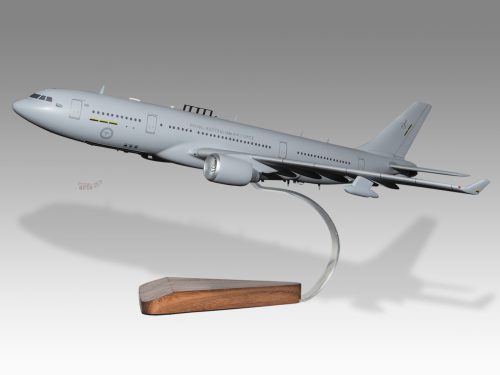
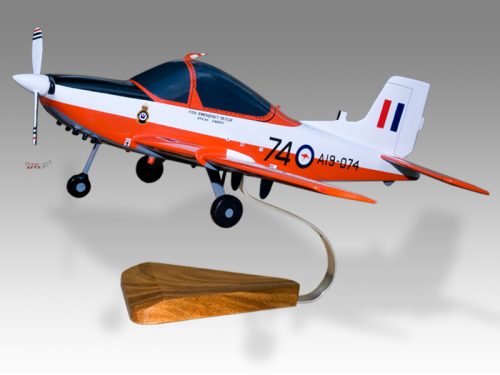
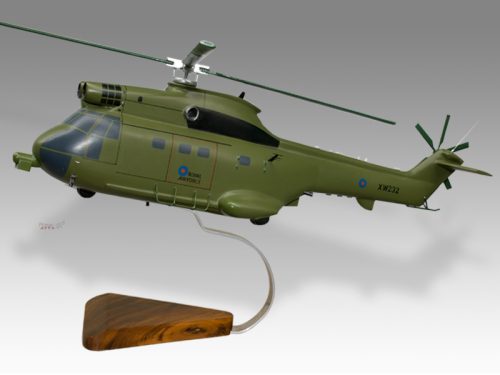
Reviews
There are no reviews yet.